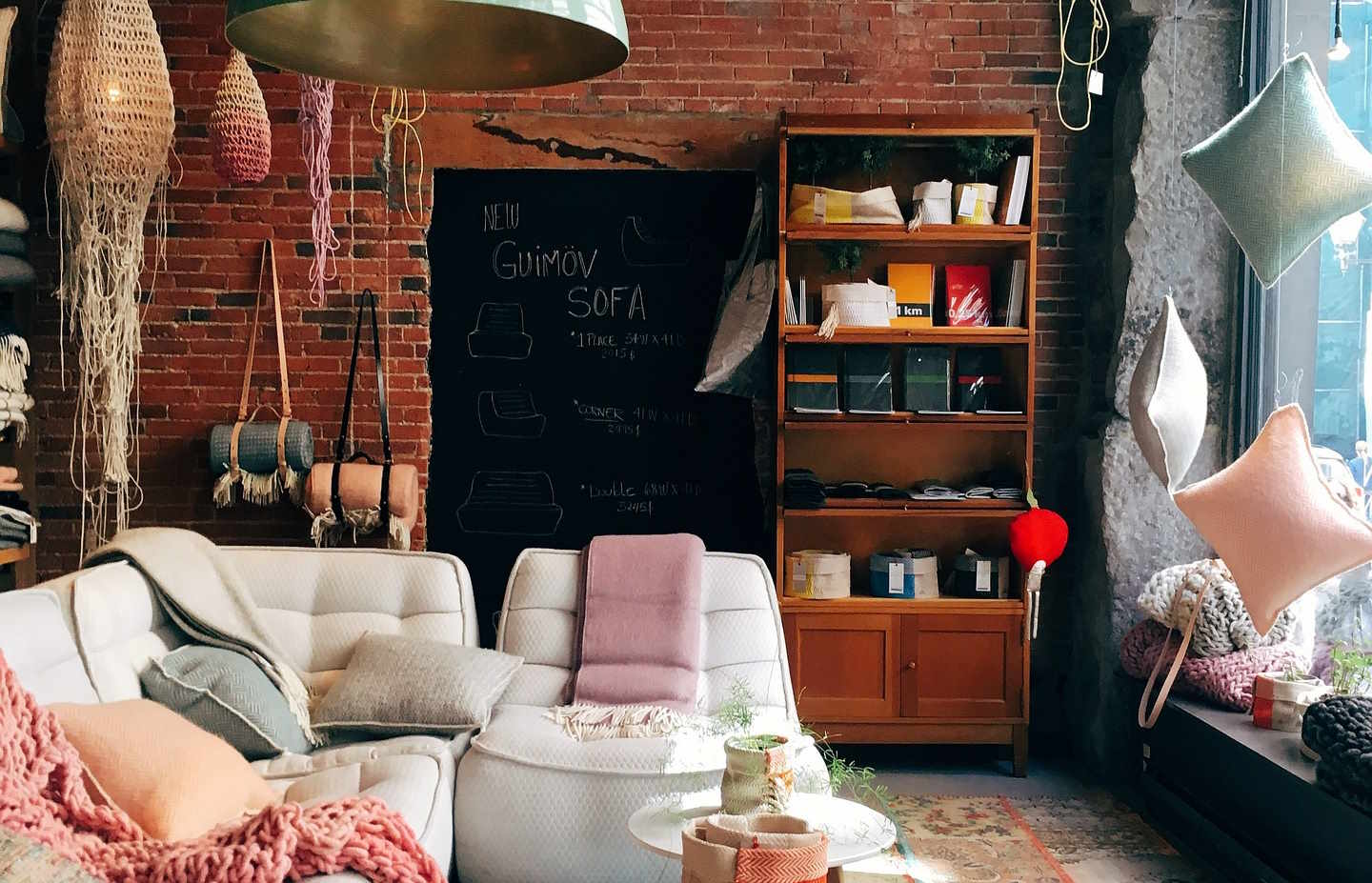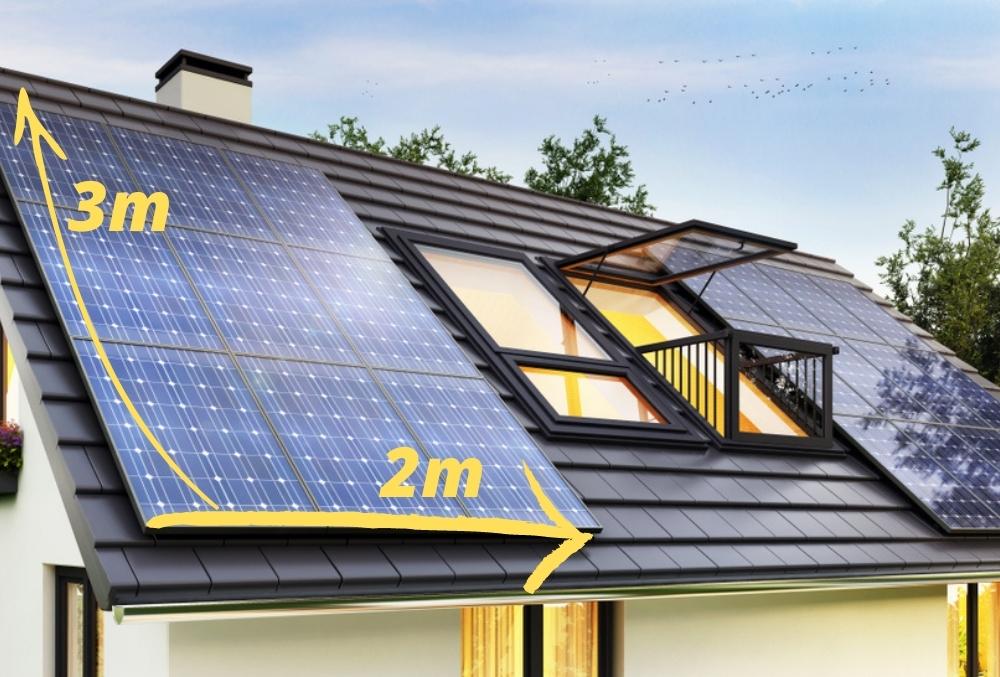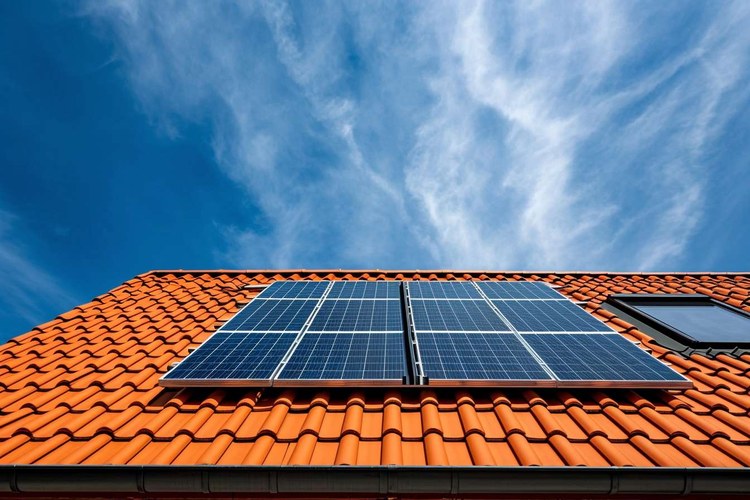"Creating a Personal Sanctuary: The Rise of Mindful Home Design"
Introduction As we wave goodbye to the chaotic year of 2020, homeowners are turning to their living spaces for solace and tranquility, sparking a new trend in mindful home design. This mindful movement is all about creating a personal sanctuary at home, a space that not only looks good but also uplifts your mood and well-being. Let's delve into this intriguing design philosophy and explore how it’s transforming homes across the globe.
A Historical Perspective on Mindful Design
Mindful design is not a new concept; it’s deeply rooted in ancient Eastern philosophies, particularly Buddhism and Feng Shui. It’s about creating a harmonious environment that promotes a sense of peace, tranquility, and mindfulness. The recent resurgence of mindful design is a response to the modern world’s stresses, especially in the wake of the Covid-19 pandemic, when our homes became our workplaces, schools, and sanctuaries.
The Core Principles of Mindful Home Design
Mindful home design revolves around three core principles – simplicity, functionality, and intentionality. Simplicity involves minimizing clutter and adopting a ‘less is more’ approach. Functionality means every item in your home should serve a purpose. Lastly, intentionality is about selecting items that resonate with you on a personal level, reflecting your tastes, experiences, and values.
Practical Implementation of Mindful Design
In practical terms, mindful design involves decluttering your space, opting for a neutral color palette, incorporating natural elements, and choosing objects that evoke positive emotions. The market is responding to this trend with an increase in multi-functional furniture, minimalist decor, and home wellness products like essential oil diffusers and salt lamps.
The Impact of Mindful Design on Lifestyle
Mindful design has a profound impact on our lifestyle. It helps create a calming environment that reduces stress and anxiety, improves focus and productivity, and enhances overall well-being. It’s not just about creating a visually pleasing space; it’s about designing a home that nurtures your mental and emotional health.
The Future of Mindful Home Design
As more people realize the importance of mental wellness, the trend of mindful home design is only set to grow. Experts predict a continued preference for minimalist design, natural materials, and wellness-oriented products. Moreover, with the rise of remote working, the demand for home offices designed with mindfulness principles is likely to increase.
The mindful home design trend is a testament to the evolving relationship between our homes and our well-being. As we navigate through these uncertain times, creating a personal sanctuary at home has become more important than ever. With its focus on simplicity, functionality, and intentionality, mindful design offers a refreshing and holistic approach to home styling.





